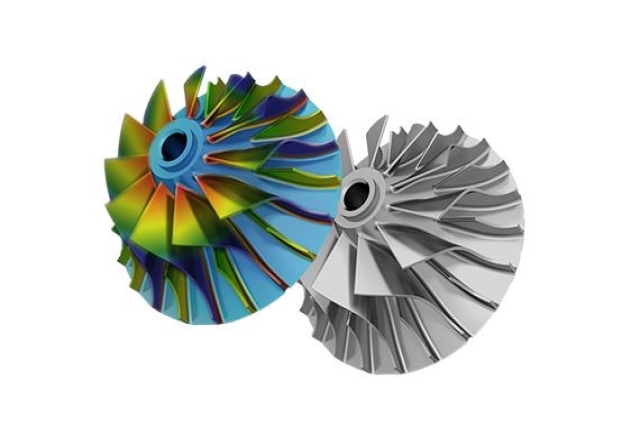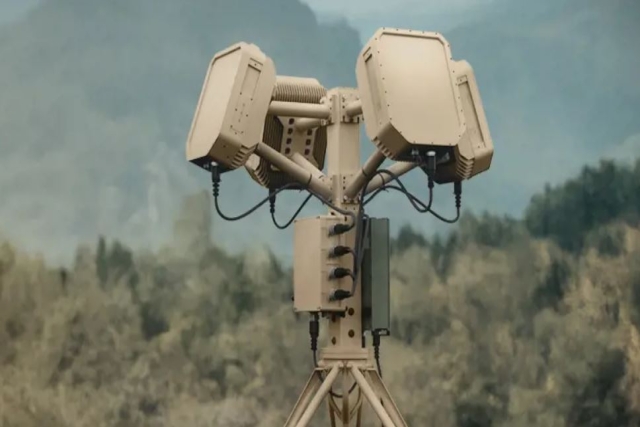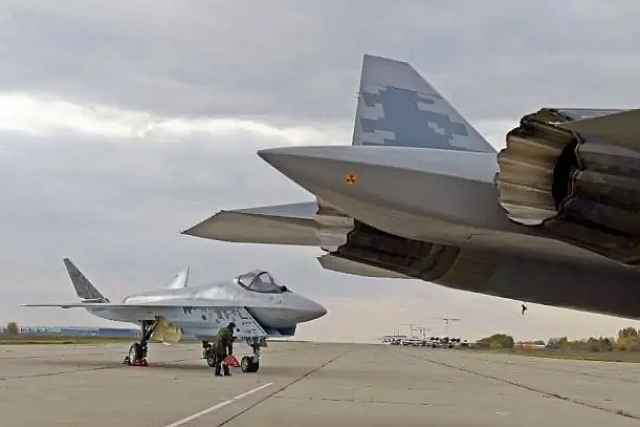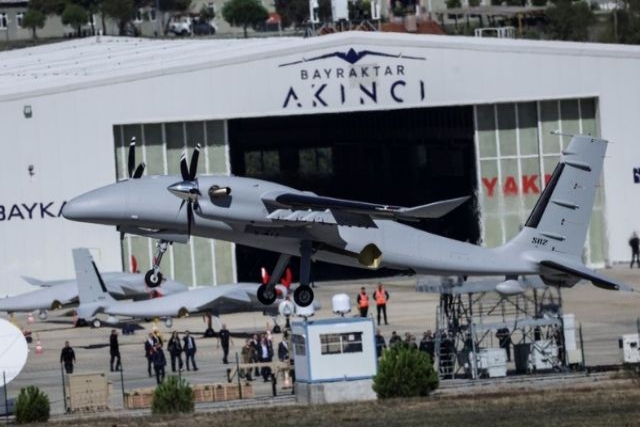DARPA METALS Program to Optimize Materials in Aircraft, Ships Engineering

Components in future warplanes and battle ships could be made from a combination of different materials instead of just one, under DARPA’s METALS program, reducing vulnerabilities when exposed to local forces or environments.
In traditional design and manufacturing of planes, ships, vehicles, and other engineered structures, every part or individual component is typically constructed from a single material. This “one part-one material” constraint can lead to vulnerabilities when highly engineered components experience different local forces or environments in service. Material selection in these situations is usually a compromise. Material will be optimal for a particular location but leaves other physical regions of a part exposed to potential failure or requires a critical material to be carried throughout an entire part when it may only be needed in a specific location.
DARPA’s METALS program, short for Multiobjective Engineering and Testing of ALloy Structures, aims to fundamentally disrupt how material is considered in the design process. The goal is to develop technologies that enable material composition and microstructure to be used as continuous variables that designers could tailor across a single part, enhancing thermal, structural, or functional properties precisely where needed.
“Material is treated as a discrete, fixed input in the design process today,” said Andrew Detor, METALS program manager in DARPA’s Defense Sciences Office. “We want to make material itself a design variable that can be optimized alongside component shape. If we’re successful, this approach would vastly increase the design space and potentially lead to breakthroughs in system-level performance, cost, and sustainability.”
A recent example of material stress affecting a military system is sand erosion of rotor blades on U.S. military helicopters that operated in desert environments in the Middle East and Central Asia over the past 20 years. Constantly blowing sand erodes blade materials, requiring more frequent blade inspections and ad hoc approaches to protect rotor blades from sand damage.
“One of the attempted solutions to this problem was to apply erosion-resistant coatings on the rotor blades,” Detor said. “It was a sort of Band-Aid approach, but they had to address the problem as best they could. Where a METALS capability could step in would be to design a rotor blade with tailored material properties where you have an erosion-resistant leading edge, but then transition toward the trailing edge to a lighter weight structure to optimize lift and minimize drag.”
Similar examples apply to jet engine turbine blades and disks on commercial and military fixed wing aircraft, where hot corrosion, thermomechanical fatigue, and other stresses affect different areas of the jet engine. Enabling novel blade and disk designs that vary material properties across the components could reduce inspection requirements and maintenance frequency and extend service life.
The METALS program comprises two technical areas: Novel material testing methods and material-integrated design optimization.
“The way that we test materials to determine their mechanical properties today can be traced back to Leonardo da Vinci and a series of experiments he conducted in 1493,” Detor said. “He would test the strength of metal wires by tying one end to a fixed bar and the other end to a basket that he would fill with sand. He then recorded how much sand it took to break the wire. Instead of sand, today we use actuators and more advanced diagnostics — like strain gauges and extensometers — to understand how a material behaves and at what point it will fail. But it’s basically the same concept da Vinci used. So material testing is ready for disruption. On the METALS program we will be opening the aperture to allow for many different material compositions and microstructures to be used throughput a part, so it’s critically important that we develop new methods to quickly test these materials to get the properties that we need to characterize and ensure their performance.”
The second focus area will address new ways to integrate material explicitly into the design process.
“Today we're very good at optimizing shape because we have engineering models that can simulate a number of different disciplines related to shape design,” Detor said. “We can simulate solid mechanics, fluid dynamics, aerodynamics, heat transfer, and controls. But we've never been able to include material itself as an explicit variable in the design process. On METALS, we will explore new ways to bring material into design, overcoming what has historically been a fragile connection between these two disciplines.”
METALS proposers may choose between one of two challenge problems for developing optimized continuum material designs: a turbine blisk (short for bladed disk) used in jet and rocket engine systems or an impeller used for marine applications and pumps.
The program schedule includes a 24-month first phase with two 12-month optional phases.









